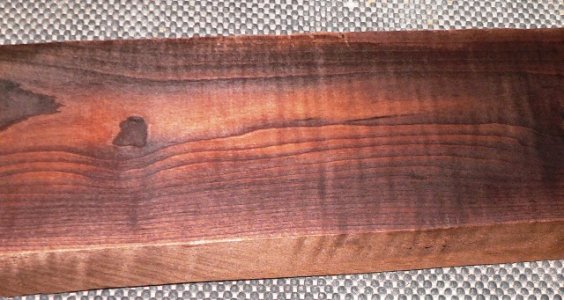Tough to say. It doesn't seem to be catching on anywhere other than at Gibson, so it may be something of a marketing ploy. Even there, they're just using it for fretboards. I have one on a Melody Maker, and it's nice enough. You get the smooth density of Maple without the pesky finish. Almost feels like Ebony, but looks more like Rosewood at a Maple cost (plus processing, of course).
But, you'd have to have a good-sized oven, which can't be too cheap to run, so there's some capital investment involved in machinery and the ongoing cost of operation and floorspace. You'd probably have to sell a helluva lotta the stuff to justify it. Warmoth already offers a wide variety of exotic fretboards, so what does baked Maple bring to the party?
I guess what I'm saying is if you want marketing gimmicks, go where they specialize in such things. Then when you've been raked over the coals long enough that you're done, come get the real deal. I'd suggest Pau Ferro.



